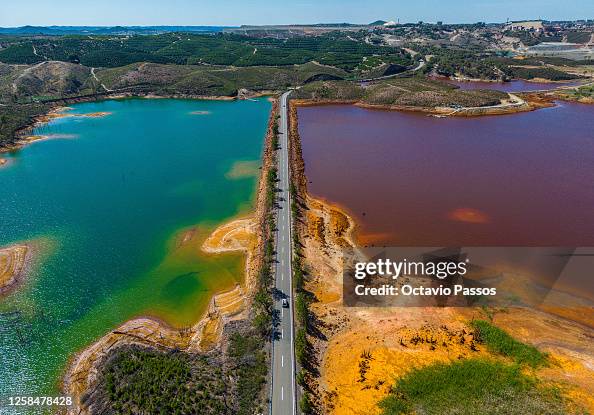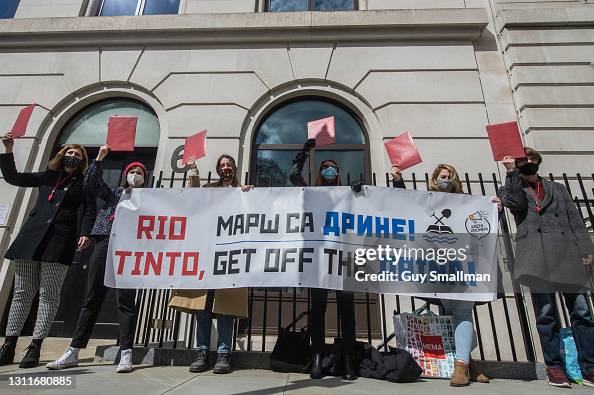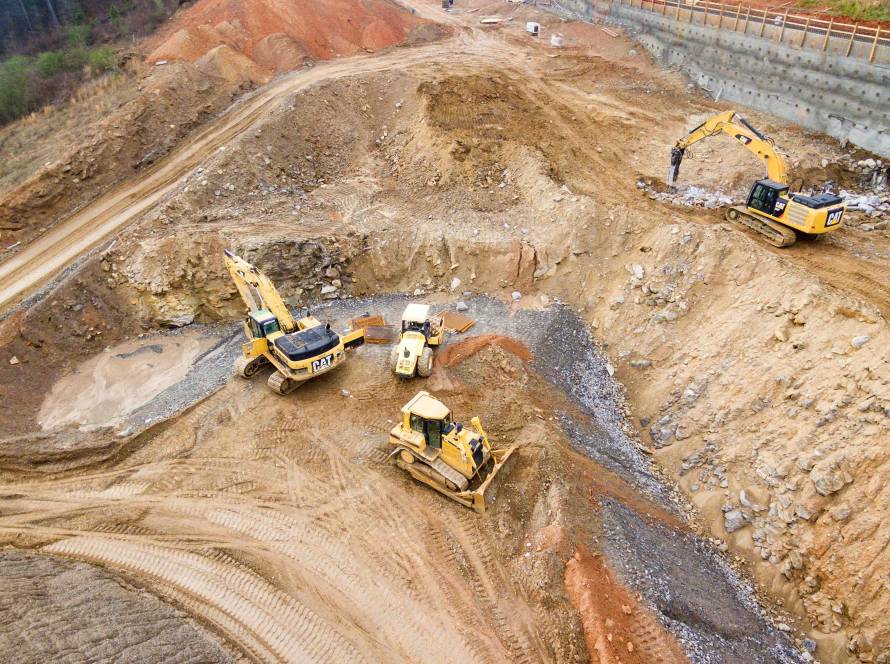While lithium mining is often seen as a driver of economic growth, providing jobs and infrastructure development, it can have severe negative effects on local communities. These impacts include disruptions to livelihoods, health risks, cultural heritage loss, and long-term economic instability. In regions like Serbia’s Jadar, the introduction of large-scale lithium mining could lead to significant socioeconomic challenges. This article explores the various ways lithium mining affects local communities, using evidence from similar mining projects around the world.
Disruption of Traditional Livelihoods
Lithium mining requires extensive land use, often displacing agriculture and other traditional livelihoods that local communities rely on. In Serbia’s Jadar region, farming is a primary source of income for many families. The introduction of mining could lead to the loss of agricultural land, forcing farmers to abandon their fields. This transition can result in economic hardship, as families lose their main source of income and face food insecurity.
In other countries, such as Chile and Argentina, lithium mining has displaced indigenous communities from their ancestral lands, leading to cultural disintegration and loss of traditional knowledge. Similar displacement in Serbia could disrupt rural communities that have practiced agriculture for generations, threatening their cultural and economic stability.

Health Risks and Quality of Life
Mining activities pose significant health risks to local populations. The use of chemicals in lithium extraction, such as sulfuric acid, can lead to air and water pollution. Exposure to these pollutants is linked to respiratory problems, skin diseases, and other health issues. In mining regions of Chile, local residents have reported increased cases of illness directly related to water contamination and poor air quality.
In Serbia, the health risks from lithium mining could be severe. Contaminated water sources could lead to a rise in gastrointestinal illnesses, while dust and emissions from mining operations could exacerbate respiratory conditions like asthma. These health problems not only affect the quality of life but also place a burden on local healthcare systems, which may not be equipped to handle the increased demand.
Economic Instability and Dependency
While mining companies often promise economic benefits such as job creation and local investment, these benefits are frequently short-lived. Mining jobs are typically specialized, requiring skills that local populations may not have, leading to the employment of workers from outside the community. In many cases, the economic boost provided by mining is temporary, and once the mining project ends, communities are left without sustainable economic activities.
In Serbia, the reliance on lithium mining could create a boom-and-bust cycle, where short-term economic gains are followed by long-term economic instability. If agricultural lands are degraded and natural resources depleted, local communities could face unemployment and poverty once mining operations cease. The lack of a sustainable economic base can lead to social challenges, including increased migration and loss of community cohesion.
Loss of Cultural Heritage and Community Identity
Mining activities can lead to the destruction of culturally significant sites, disrupting the social fabric of communities. In Australia, Rio Tinto’s destruction of the 46,000-year-old Juukan Gorge caves for iron ore mining sparked international outrage. Similar risks exist in Serbia, where mining could destroy sites of cultural and historical importance, erasing the heritage and identity of local communities.
The Jadar region is not only rich in natural resources but also cultural heritage, including archaeological sites and traditional landscapes that have been shaped by centuries of human activity. The destruction or alteration of these sites due to mining could result in a loss of cultural heritage that cannot be replaced, impacting the identity and history of the region’s inhabitants.

Environmental Justice and Social Inequity
Lithium mining often disproportionately affects marginalized communities, who may lack the resources and political power to oppose mining projects effectively. These communities face environmental degradation, health risks, and economic disruption without seeing significant benefits from the mining activities. This situation raises issues of environmental justice, as vulnerable populations bear the brunt of the negative impacts.
In Serbia, rural communities in the Jadar region could be disproportionately affected by lithium mining. These communities might not have the same level of political influence as urban centers, making it difficult to voice opposition or demand fair compensation. Ensuring that local voices are heard and considered in decision-making processes is crucial for achieving social equity and environmental justice.
Long-Term Economic and Environmental Costs
The environmental damage caused by lithium mining can lead to long-term economic costs. Contaminated soil and water can reduce agricultural productivity, impacting local economies that rely on farming. Health issues related to pollution increase healthcare costs, placing additional financial strain on families and communities. Furthermore, the degradation of natural landscapes can reduce tourism potential, a key economic driver for many rural areas.
In Serbia, the long-term economic costs of environmental damage could outweigh the short-term gains from lithium mining. The cleanup and restoration of mined areas are often expensive and can take decades, with no guarantee of returning the land to its original state. The economic burden of these restoration efforts often falls on local governments and communities, creating a legacy of debt and ecological degradation.
Conclusion
Lithium mining poses significant socioeconomic risks to local communities. In Serbia’s Jadar region, these activities could disrupt traditional livelihoods, pose health risks, create economic instability, and lead to the loss of cultural heritage. The long-term environmental and economic costs of mining far outweigh the short-term benefits, emphasizing the need for sustainable development practices that prioritize the well-being of local communities and the environment. Protecting community livelihoods, health, and cultural heritage is essential for ensuring a sustainable and just future for all.
Key Facts on the Socioeconomic Impact of Lithium Mining:
- Displacement of Livelihoods: Lithium mining can lead to the loss of agricultural land, affecting the primary source of income for local families.
- Health Risks: Chemical exposure from mining operations is linked to respiratory issues, skin diseases, and other health problems.
- Temporary Economic Benefits: Mining jobs are often specialized, and local communities may not benefit from long-term economic opportunities.
- Cultural Heritage Loss: Mining activities can destroy sites of cultural and historical importance, erasing local heritage.
- Environmental Justice: Marginalized communities often face the greatest negative impacts from mining without seeing significant benefits.
- Economic Instability: Boom-and-bust cycles created by mining projects can leave communities vulnerable to unemployment and poverty.
- Pollution: Water and air pollution from mining can lead to increased healthcare costs and reduced quality of life.
- Community Displacement: Mining operations can force communities to relocate, disrupting social networks and community cohesion.
- Long-Term Environmental Costs: Cleanup and restoration of mining-affected areas are costly and time-consuming, often with uncertain outcomes.
- Reduced Tourism Potential: Environmental degradation and cultural loss can diminish the appeal of rural areas as tourist destinations.
These facts highlight the extensive and far-reaching socioeconomic impacts of lithium mining, emphasizing the importance of considering the well-being of local communities and the environment in decision-making processes.



